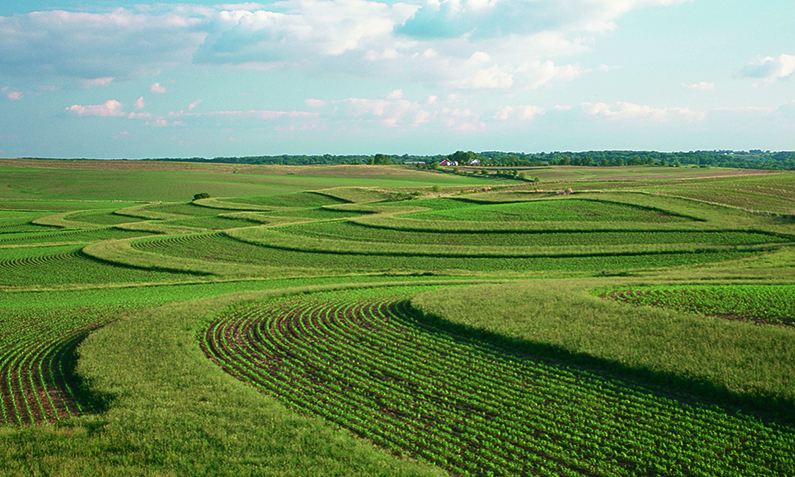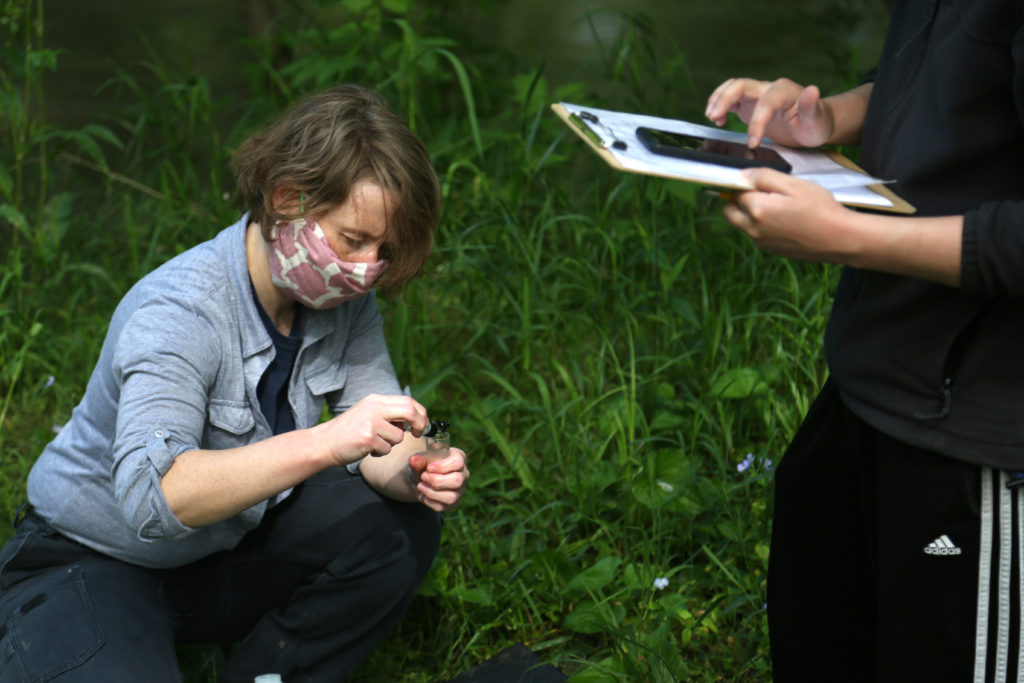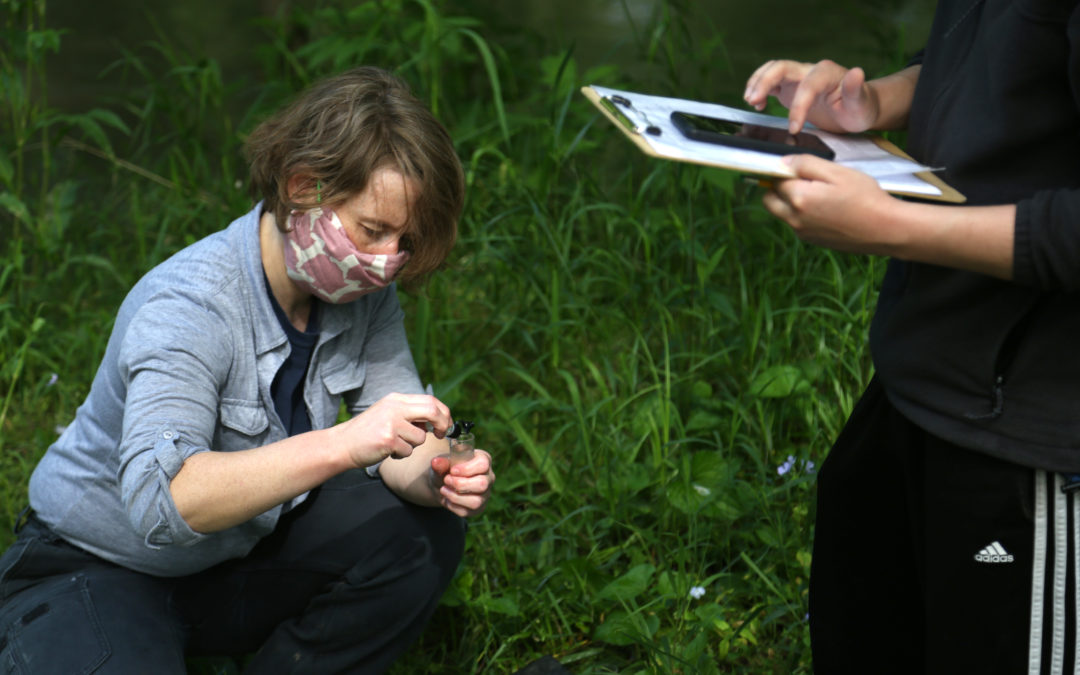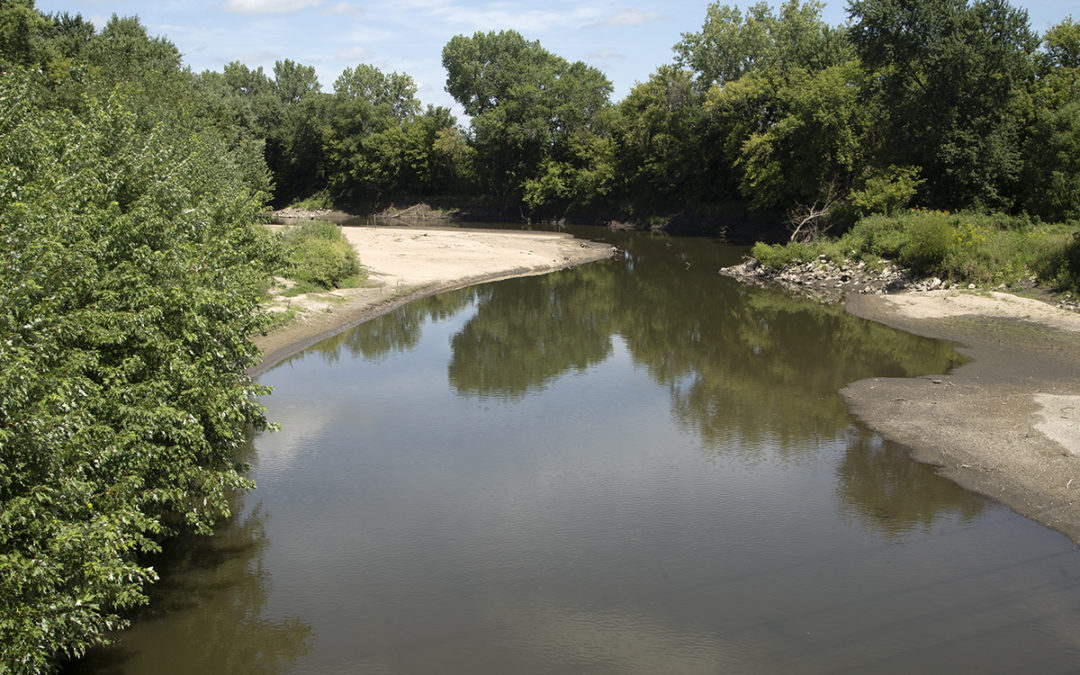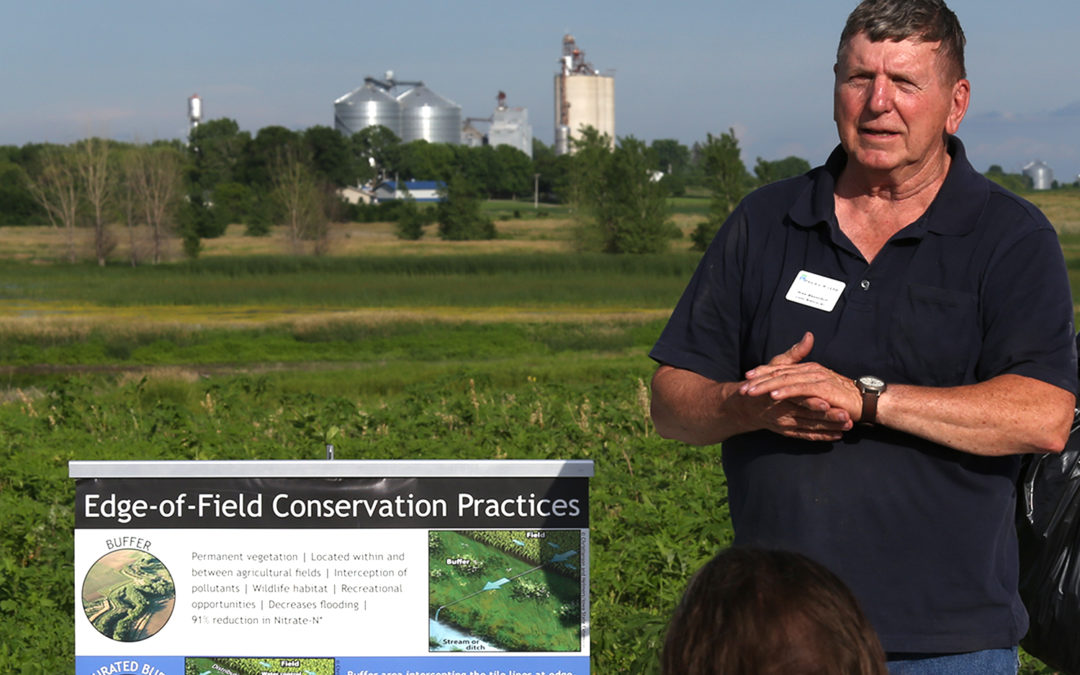
The Lincoln Highway Heritage Byway Receives Grant to Create Courthouse Interpretive Panel
The Lincoln Highway Heritage Byway managed by the not-for-profit Prairie Rivers of Iowa has received a tourism grant from the Marshalltown Area Chamber of Commerce to create and install an interpretive panel at the Marshall County Courthouse.
The panel will provide travelers along the byway with historical information about the courthouse’s site selection, original construction and dedication in 1866, the subsequent addition of the clock tower in 1900 and more. The recent history surrounding courthouse damage and repairs due to the 2018 tornado and 2020 derecho, including the March 31, 2020 return of the dome as Marshalltown Strong onlookers cheered on, will be featured as well.
The return of the Marshalltown County Courthouse dome on March 31, 2020 after some repair and restoration. Photo by Andrew Potter/Marshalltown Area Chamber of Commerce.
The chamber grant is being leveraged with grants from Union Pacific and Humanities Iowa to help complete the project according to Prairie Rivers of Iowa’s Lincoln Highway Heritage Byway Coordinator Jan Gammon. “We’ve been working for a while now to make this project a reality to help increase the number of byway travelers to Marshall County while encouraging them to stop and embrace its rich history,” says Gammon.
“We are excited to support this project and look forward to seeing it as a great addition to our Marshall County Courthouse and the Marshalltown downtown,” said Marshalltown Area Chamber of Commerce Tourism Director Andrew Potter, “We have always cherished our Lincoln Highway tradition here and this project will ensure that will continue into the future.”
The not-for-profit Prairie Rivers of Iowa has managed the Lincoln Highway Heritage Byway for nearly fifteen years promoting historic preservation and economic development along Iowa’s 460-mile route that includes welcoming communities like Marshalltown. Future plans encompass the hope of obtaining National Scenic Byway designation while continuing to improve preservation, interpretation and recreation efforts for the benefit of travelers and the communities they visit.
Funding for the Lincoln Highway Heritage Byway Marshall County Courthouse interpretive panel was received in part from Marshalltown Area Chamber of Commerce Tourism.




